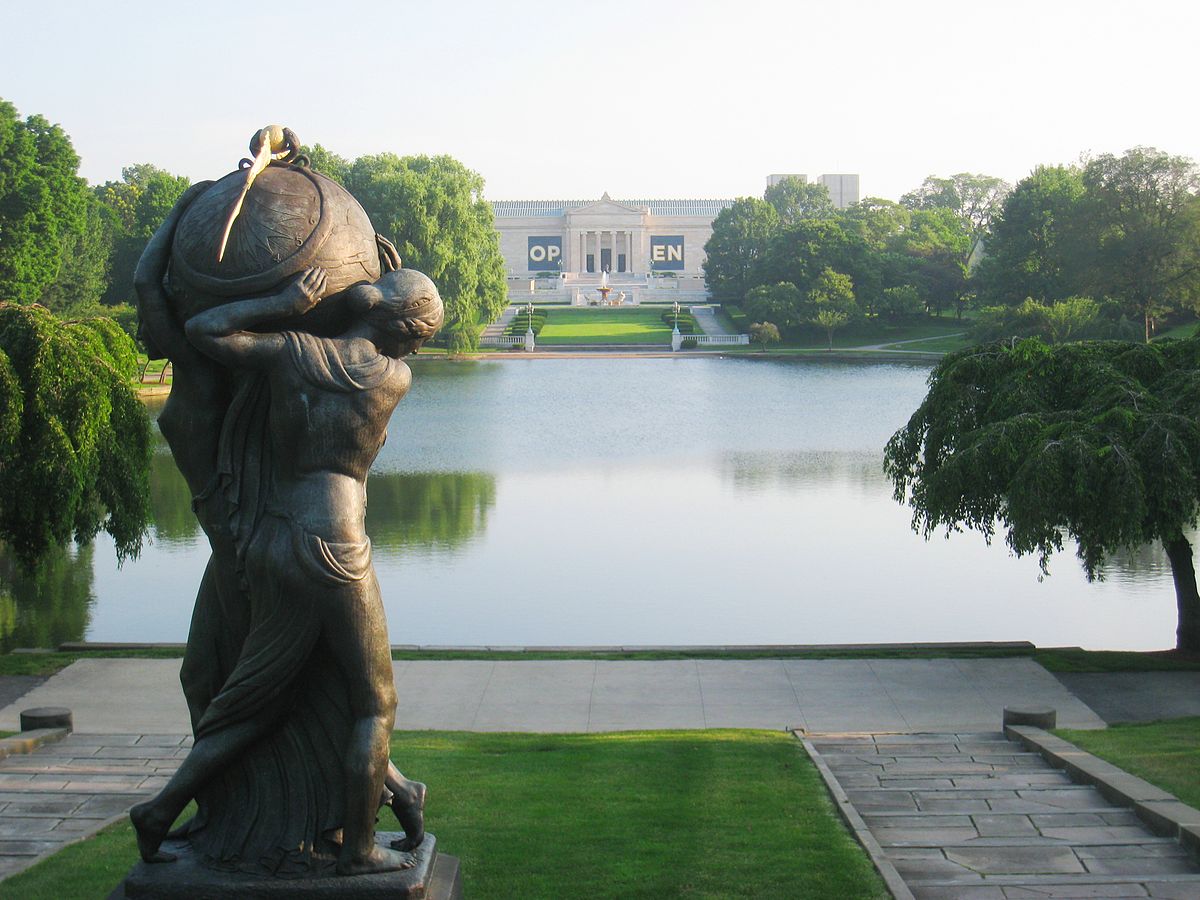‘Full-spectrum’ CWRU partnership keeps growing:
New directions include joint degrees, student mobility and research collaboration
 Long before anyone heard of globalization, higher education aspired to house the broadest possible knowledge – after all, universities were named to reflect the universe. “Sister school” partnerships have long leveraged each campus’s strengths by sharing them, so students and faculty can benefit from multiple resources and perspectives. International educational programs further extend these benefits to expose students to different societies, cultures and languages.
Long before anyone heard of globalization, higher education aspired to house the broadest possible knowledge – after all, universities were named to reflect the universe. “Sister school” partnerships have long leveraged each campus’s strengths by sharing them, so students and faculty can benefit from multiple resources and perspectives. International educational programs further extend these benefits to expose students to different societies, cultures and languages.
TMU has many partner universities with active educational collaborations, but one stands above them all in terms of committed colleges, programs and research projects: Case Western Reserve University in Cleveland, Ohio.
CWRU’s roots go back nearly two centuries to the era when one of America’s original 13 colonies, Connecticut, still had hundreds of miles of “western reserve.” Western Reserve University was established in Cleveland in 1826, and the Case School of Applied Science was founded nearby in 1880. They merged in 1967 to create a research-oriented university with unusually high faculty-student ratios. CWRU boasts 16 Nobel Prize winners among its faculty and alumni, including America’s very first Nobel Laureate, in, 1907 and last year’s Economics laureate.
The university’s eight schools and colleges place it in the top 40 US universities, according to the widely respected US News and World Report rankings. CWRU receives $244 million in funding from the U.S. government, $66 million from nonprofit sources and $16 million from industrial partners. Four major medical complexes, including the world-famous Cleveland Clinic, offer abundant career opportunities for its graduating health professionals.
Visit builds new programs
The TMU-CWRU linkages extend far beyond training clinicians. After well over a dozen visits by CWRU teams in the past seven years, Vice Provost David Fleshler’s visit this May continued to build one of TMU’s most valued partnerships in other directions. Mr. Fleshler presented details of student exchange and dual degree programs to a large audience at an International Partnership week presentation in TMU’s new Interdisciplinary College (see related story). He also met with TMU leaders from the colleges of Biomedical Engineering and Medical Science and Technology to discuss expansion of educational collaborations.
The two universities began working together in 2012, and the partnership has since expanded across a wide range of functions. These include educational collaboration on dual degrees and short-term student mobility programs, jointly funded research projects, and regular staff visits and meetings.
“TMU is at the center of our international strategy,” Mr. Fleshler said. And this international strategy has been at the center of CWRU’s action agenda, ranking as one of three top priorities since 2008. When Mr. Fleshler joined CWRU as vice provost nine years ago, international contacts were mostly personal partnerships involving faculty research projects and seen as individual and uncoordinated efforts with no guiding strategy. Now the university broadly backs focused projects with substantial institutional resources.
From a one-quarter-time study abroad adviser and a small office that helped with visa paperwork, Mr. Fleshler’s Center for International Affairs has grown to major office in the center of campus dedicated to the many aspects of globalization. He credits this growth to broad “buy-in” following the 2012 passage by the faculty senate of the university’s internationalization plan; this vote decisively supported expansion of physical facilities and human resources dedicated to international infrastructure.
The new and expanded functions in the Center for International Affairs include inbound and outbound student advising, advocacy and an Office of Global Strategy that manages outreach to other universities, as well as to government agencies and supportive partners in industry. But CWRU’s globalization is by no means complete: its strategic plan was updated in 2015 with an expanded focus on attracting international graduate students and on high-impact collaborative research projects. Clearly the emphasis has moved from individual ties to institutional links, including ongoing commitments of funding and research teams to initiatives with Taipei Medical University.
Aiming for real-world outcomes
“We’ve accomplished a great deal over the past five years,” Mr. Fleshler said of the TMU partnership. As one five-year Memorandum of Understanding concludes and another has been launched, he credits this successful collaboration to both universities’ deep commitment to “comprehensive internationalization.”
TMU is “one of the top 4 or 5 institutional partners” that CWRU has pursued for strategic relationships, Mr. Fleshler said, “Because we’re both interested in each other’s mission, spanning basic and translational research. We both invest in this relationship and our joint projects. It’s important to develop areas of research into devices, drugs and industries. These are the outcomes we hope to see.
“And of course there’s the basic educational mission. In a globalized world, the important issues are trans-border, and their solutions must be global as well,” he said. “This mission requires infrastructure, like the 3+2 [B.S.+M.S.] and 1+1 [dual master’s degree] programs, faculty and student exchanges, and PhD visits.
“These educational relationships are growing closer, in part because students on both sides need the correct [international] preparation for optimal results and successful programs. To succeed, they need to prepare culturally, linguistically and academically” – both as foreign students and in their further global research careers.
‘A rare dynamism’
When asked why a small school like TMU is among the handful of those schools he termed “favorite partners” among more than 200 CWRU sister schools, Mr. Fleshler said, “Your university has a rare dynamism and drive to globalize. You work seriously on both the educational and research missions.
“TMU has taken the time and made the effort to create this institutional relationship, and we have seen a rare breadth of interest from multiple [TMU] schools. This is a testament to the people and leaders of TMU. In fact, it’s been a huge pleasure to work with people here.” He noted that CWRU’s Taiwan members include former leaders of the nation’s High-Speed Rail system and Taiwan’s National Institutes of Health (see related story on Professor Hsing-Jien Kung). “The fact that we have alumni who are recognized leaders in Taiwan, and our veteran faculty members are active in working on behalf of the university, has helped grow CWRU’s relationships at TMU and throughout Taiwan,” said Mr. Fleshler.
Just as CWRU began to build a global strategy nine years ago and has markedly increased its resources impact, TMU also has vastly expanded its international footprint in the past decade, including creating more than 200 partner-school relationships. Nearly twenty CWRU-related visits, agreements and programs provide ample evidence that the TMU – CWRU partnership will continue to grow in the decades to come.
For interviews or a copy of the paper, contact Office of Global Engagement via global.initiatives@tmu.edu.tw.







